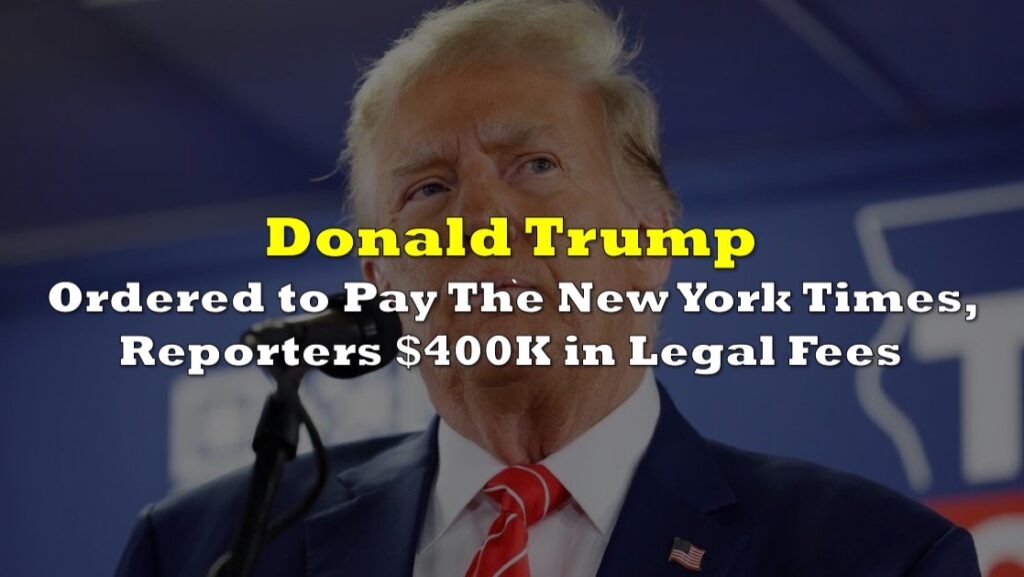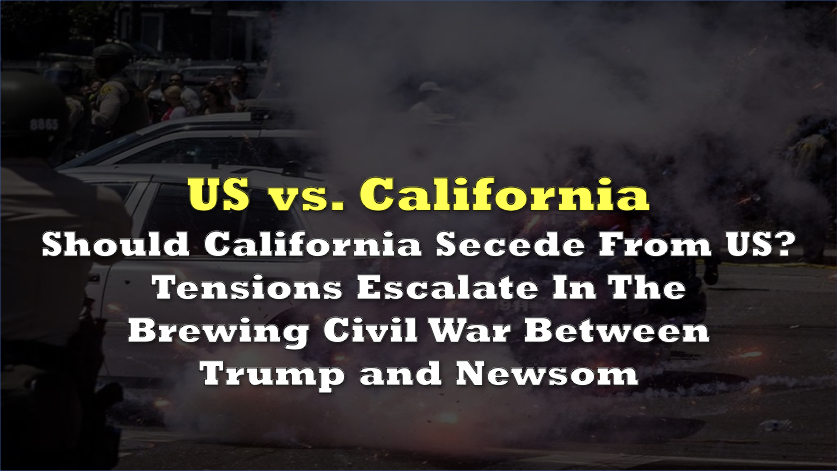When U.S. President-elect Donald Trump declared, “We don’t need anything that Canada has,” his statement reignited debates about the depth and complexity of the U.S.-Canada economic relationship. While the rhetoric might appeal to political theatrics, the numbers tell a very different story.
The United States and Canada share one of the most interconnected trade and investment relationships in the world, and any disruption could have seismic effects on both economies.
One of the most significant components of the U.S.-Canada trade partnership is crude oil. In 2023, Canada exported nearly 4 million barrels of crude oil per day to the U.S., representing 97% of Canada’s total crude exports. This represents 81% of Canada’s total crude oil production and $124 billion in export revenue, making crude oil the single largest component of Canadian exports to the U.S.
sure https://t.co/Kvv3hlM9iU pic.twitter.com/C1h7rpQ2D4
— Rory Johnston (@Rory_Johnston) January 7, 2025
These exports are critical to U.S. refineries, particularly in the Petroleum Administration for Defense Districts. The figure above is 61.8% of total shipments to PADD 2 (Midwest refineries). This reliance on Canadian oil isn’t just convenient; it’s essential. Refineries in PADD 2 and PADD 3 (Gulf Coast) are designed to process the heavy crude from Canada’s oil sands, which has fewer viable alternatives globally.
The Enbridge Mainline and Keystone systems deliver vast quantities of Canadian crude oil to the U.S., showcasing the deep physical integration of North American energy markets. These pipelines ensure consistent supply to U.S. refiners, particularly in PADD 2 and PADD 3 regions.
In 2023, exports to PADD 3 surged by 505% compared to 2013, driven by declining imports from Latin America and Gulf Coast refiners’ growing preference for Canadian heavy crude. This infrastructure highlights a reality that Trump’s statement neglects: U.S. energy security is tied to Canadian oil.
Rory Johnston, a Canadian energy analyst, summed it up well: “People who think the U.S. can cut off Canadian crude without consequences don’t fully grasp the dynamics of our integrated energy infrastructure.”

A Billion-Dollar Relationship
The energy sector is only one component of the deeply interconnected U.S.-Canada trade relationship. In 2022, bilateral merchandise trade totaled $962.9 billion, underscoring the scale and complexity of this economic partnership. Canadian exports to the United States reached $599.8 billion, accounting for 77 percent of Canada’s total exports. These exports included crude oil, motor vehicles, natural gas, and refined oil products, with crude oil alone valued at $152.6 billion. Motor vehicles and auto parts made up another significant share, reflecting the tightly integrated North American automotive industry.
On the other side of the ledger, U.S. exports to Canada totaled $427.7 billion in 2022. Canada is the largest export market for the United States, purchasing machinery, electronics, motor vehicles, agricultural products, and various manufactured goods. The agricultural sector is particularly reliant on Canadian markets, with Canada importing significant amounts of U.S. corn, soybeans, and processed foods. The two economies are intertwined through extensive supply chains that span sectors such as manufacturing, technology, and agriculture.

In addition to goods, services trade is a vital component of the U.S.-Canada relationship. In 2021, Canada exported $77.7 billion in services to the United States, including financial, professional, and technological services. U.S. exports to Canada totaled $71.3 billion, driven by travel, financial services, and telecommunications. The United States maintains a services trade surplus with Canada, valued at $26.6 billion in 2021.

Foreign direct investment further cements the economic interdependence between the two countries. In 2022, Canadian direct investment in the United States reached $1 trillion, a 14.4% increase from the previous year. This investment spans sectors such as manufacturing, finance, and technology, creating jobs and boosting innovation in the United States. Meanwhile, U.S. investment in Canada totaled $581 billion in 2022, supporting industries such as energy, insurance, and manufacturing.
The majority of Canadian foreign direct investment—52.3%—is directed toward the United States, reflecting the importance of the American market for Canadian businesses. Similarly, U.S. investors account for 46 percent of foreign investment in Canada, underscoring the mutual benefits of this partnership.


US-Canada Breakup?
Trump’s assertion that the U.S. “doesn’t need” Canada ignores the realities of this relationship. Canadian crude oil is indispensable to U.S. refineries, while Canadian natural gas plays a critical role in meeting American energy demands. Beyond energy, Canadian goods and services fuel U.S. industries, while American exports to Canada sustain manufacturing and agricultural jobs. The economies are so deeply integrated that a disruption in one country would inevitably ripple across the border.
Retaliatory trade measures could exacerbate these challenges. For example, if the U.S. imposed tariffs on Canadian crude, Canadian producers could redirect oil to Asian markets via the expanded Trans Mountain Pipeline, which is nearing full capacity. U.S. refiners would then face shortages and higher prices, further complicating energy markets already under strain. Similarly, Canadian tariffs on U.S. agricultural exports would harm American farmers who depend on Canada as a major buyer of corn, soybeans, and other crops.
TRUMP SAYS HE WOULD USE ECONOMIC FORCE WITH CANADA
— *Walter Bloomberg (@DeItaone) January 7, 2025
The economic ties between the United States and Canada are built on more than just numbers. Canada is a stable, democratic, and reliable partner. Unlike energy exporters such as Russia or Venezuela, Canada’s values and policies align with those of the United States, ensuring consistency in trade and investment. The two countries also cooperate on issues such as climate change and renewable energy, laying the groundwork for future collaboration in transitioning to greener economies.
Information for this briefing was found via the sources mentioned. The author has no securities or affiliations related to this organization. Not a recommendation to buy or sell. Always do additional research and consult a professional before purchasing a security. The author holds no licenses.










2 Responses
On a “per capita basis” Canada spends an estimated $8707 (US) dollars compared to $1188 (US) dollars.
This is derived by dividing the total US ports to Canada by the population of Canada $349.4B / 40.1 M (population) = $8707. US Imports from Canada $412.7B / 347,275,000 (US Population) = $1188. These numbers are approximations, however, it is easy to see that Canada is NOT not being “subsidized” by the US in fact it is quite the opposite.
In this aspect Trump is definitly wrong. Not mentioned in the article is that Canada supplies a lot of electricity to the USA.
On my point of view the USA would do better to tighten the cooperation with Canada, Mexico, Japan, South Korea, most European countries rather than to agress them.
The USA is perhaps the strongest country in the world only challenged by China. But in history it was never an advantage to agress everyone. Why not collaborate with friendly countries and concentrate the agression on really bad countries?